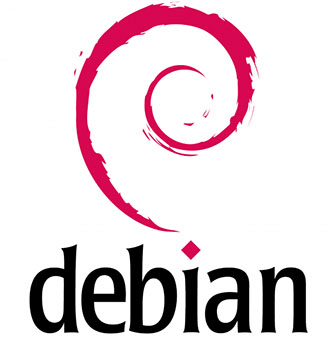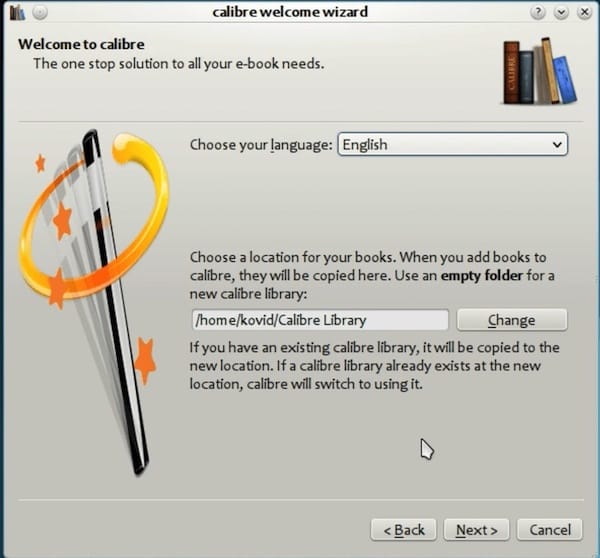How To Install Calibre on Debian 12

Calibre is an indispensable tool for e-book enthusiasts and digital librarians. This powerful, open-source software offers a suite of features for managing, converting, and reading e-books across various formats. Whether you’re a casual reader or a serious bibliophile, installing Calibre on your Debian 12 system can significantly enhance your digital reading experience. This guide will walk you through multiple installation methods, ensuring you can set up Calibre regardless of your technical expertise.
Prerequisites
Before we dive into the installation process, let’s ensure your system is ready:
- A Debian 12 (Bookworm) system
- Sudo privileges on your account
- An active internet connection
- At least 500 MB of free disk space
It’s crucial to have these prerequisites in place to ensure a smooth installation process. Now, let’s explore the various methods to get Calibre up and running on your Debian 12 system.
Method 1: Official Installer Script
The official installer script is the most straightforward and recommended method for installing Calibre on Debian 12. This method ensures you get the latest version directly from the developers.
System Preparation
First, let’s update your system and install necessary dependencies:
sudo apt update
sudo apt upgrade -y
sudo apt install -y wget xdg-utils
These commands refresh your package lists, upgrade existing packages, and install essential utilities for the Calibre installation.
Download and Execute the Installer
Now, let’s download and run the official Calibre installer:
sudo -v && wget -nv -O- https://download.calibre-ebook.com/linux-installer.sh | sudo sh /dev/stdin
This command downloads the installer script and executes it with sudo privileges. The script will handle the installation process, including downloading the necessary files and setting up Calibre on your system.
Verify Installation
After the installation completes, verify that Calibre was installed correctly:
calibre --version
This command should display the version of Calibre installed on your system, confirming a successful installation.
Method 2: AppImage Installation
AppImage provides a universal software format for Linux, allowing you to run applications without installation. This method is ideal if you prefer not to modify your system files.
Download the AppImage
First, download the Calibre AppImage:
wget -O calibre-latest.AppImage https://download.calibre-ebook.com/latest.x86_64.AppImage
Make the AppImage Executable
Change the file permissions to make it executable:
chmod +x calibre-latest.AppImage
Run Calibre
You can now run Calibre directly from the AppImage:
./calibre-latest.AppImage
For convenience, you might want to move the AppImage to a directory in your PATH and create a desktop entry for easy access.
Method 3: Package Manager Installation
While not always providing the latest version, using the package manager is a convenient method that integrates well with your Debian system.
Install Calibre via APT
To install Calibre using APT, simply run:
sudo apt update
sudo apt install calibre
This method installs Calibre from the Debian repositories, ensuring compatibility with your system but potentially offering an older version compared to the official installer or AppImage.
Post-Installation Configuration
After installing Calibre, it’s time to set it up for optimal use.
Initial Setup
- Launch Calibre for the first time.
- Follow the setup wizard to configure your e-book library location.
- Import your existing e-books by clicking on “Add books” in the main toolbar.
- Configure your e-reader device if you have one.

Customizing Preferences
To tailor Calibre to your needs:
- Go to Preferences (Ctrl+P).
- Adjust the interface language, book metadata download settings, and file type conversion defaults.
- Set up cloud storage integration if desired.
Running Calibre Server (Optional)
Calibre Server allows you to access your e-book library remotely. Here’s how to set it up:
Start the Server
calibre-server --port 8080 /path/to/your/library
Replace “/path/to/your/library” with the actual path to your Calibre library.
Create a Systemd Service
For automatic startup, create a systemd service file:
sudo nano /etc/systemd/system/calibre-server.service
Add the following content:
[Unit]
Description=Calibre Content Server
After=network.target
[Service]
Type=simple
User=your_username
ExecStart=/usr/bin/calibre-server --port 8080 /path/to/your/library
Restart=on-failure
[Install]
WantedBy=multi-user.target
Replace “your_username” and “/path/to/your/library” with appropriate values.
Enable and Start the Service
sudo systemctl enable calibre-server
sudo systemctl start calibre-server
Troubleshooting Common Issues
Even with a smooth installation, you might encounter some issues. Here are solutions to common problems:
Dependency Errors
If you encounter dependency errors, try running:
sudo apt --fix-broken install
Permission Issues
Ensure your user has the necessary permissions for the Calibre library directory:
sudo chown -R $USER:$USER /path/to/calibre/library
Library Access Problems
If Calibre can’t access your library, verify the path in Preferences > Library > Library Location.
Congratulations! You have successfully installed Calibre. Thanks for using this tutorial for installing the Calibre open-source ebook manager and viewer on Debian 12 “Bookworm” system. For additional help or useful information, we recommend you check the official Calibre website.